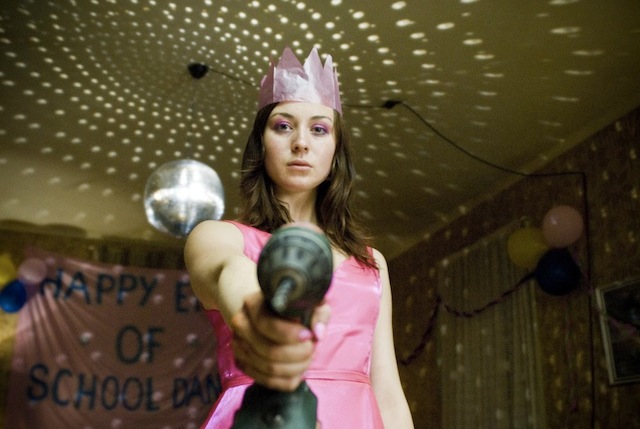
Horror is a timeless genre and one of the most personal in any medium of entertainment. Our fears are subjective and often unique to us, what scares us is connected to our beliefs, childhood, traumatic experiences and many other aspects of life; this makes horror films a constantly divisive subject.
Unfortunately, horror is commonly and unfairly maligned by critics and ignored by those who see it as a one-dimensional genre. Horror has inarguably given us some true cinema classics though, films which can stand against any other movie in any other genre.
Films such as The Exorcist (1973), Halloween (1978), The Texas Chainsaw Massacre (1974) and The Wicker Man (1973) to name a few which have undoubtedly gone down in history as masterpieces.
In many cases though the genre does let itself down with formulaic, recycled studio cash-ins and franchises way past their sell by date. But, look toward the fringes or beyond the supermarket shelf examples of the genre and you will find a wealth of unique and often terrifying films, which could easily take a place beside the aforementioned classics. The following list is not exhaustive but it represents 20 underappreciated films from the genre that everyone should see.
1. Eyes Without A Face/Les Yeux Sans Visage (1960)
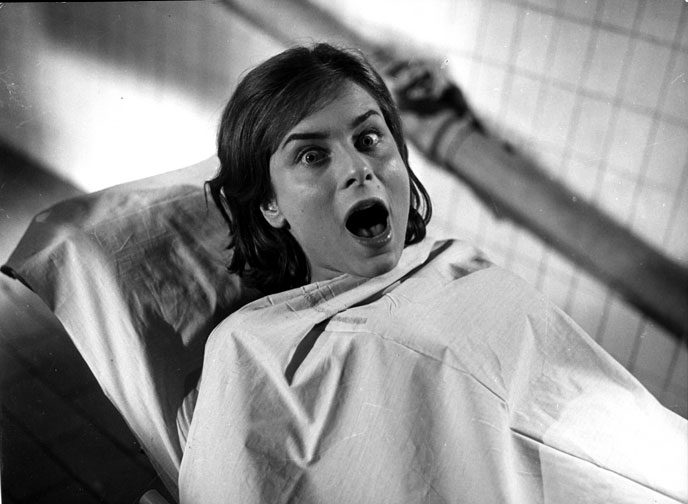
‘Eyes Without A Face’ is a hypnotic French film which could easily be classified as early exploitation, however, it sets out to transcend the horror genre, largely succeeding in its approach to narrative, expressionism and artful cinematography but never losing its horror roots.
It owes much to the expressionist cinema of Germany and the ‘Film Noir’ genre, using light and shadow, sharp angles and sound to exquisite effect.
It tells the story of ‘Dr Genessier’ (Pierre Brasseur) and his daughter ‘Christiane’. ‘Genessier’ is an important and pioneering French plastic surgeon, who has become obsessed with trying to restore his once beautiful daughter’s disfigured face.
‘Christiane’ becomes his guinea pig for these brutal human experiments, which involve luring young girls from the streets of Paris to his isolated gothic chateau where he kills them and attempts to transplant their faces to his daughter; he is willingly assisted in this by his beautiful assistant ‘Louise’ (Allida Valli).
Directed by Georges Franju, one of the key figures in French cinema; he co-created the ‘Cinematheque Francaise’ in 1937, one of the largest and most important film related archives in the world. It is a film rife with interpretative scenes and asks questions on the themes of death, beauty, image, identity, the self and the morality of medical intervention.
The film is shot in stark black and white by German cinematographer, Eugen Schufftar and his aesthetics bring a fairy tale surrealism to the film, the use of contrast and light create a number of unsettling scenes and highlight the stark lack of emotion in the haunting mask which ‘Christiane’ wears for much of the film.
The use of diagetic sound and off screen animal noise is sublime and brings a powerful dynamic to the contrasting images of ‘Christiane ‘and her father. It’s an unforgettable film experience, which should be viewed by all.
2. Don’t Torture A Duckling (1972)
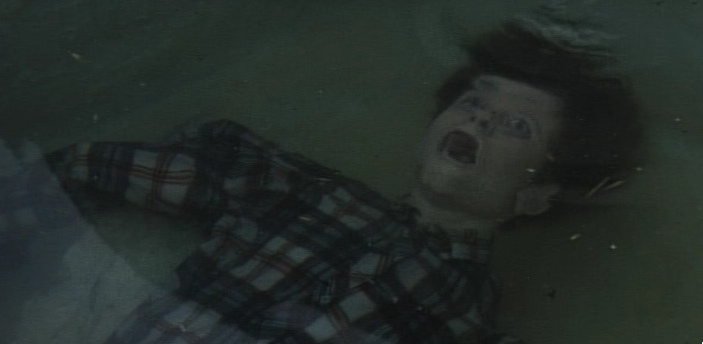
‘Don’t Torture A Duckling came along’ as Italian ‘Giallo’ was hitting its stride in the early 70s with Argento, Bava and Lenzi having already contributed classic examples of the genre.
‘Don’t Torture A Duckling’ is a more restrained film within the genre losing some of the surrealist melodrama of other movies. It does however retain ‘Giallo’s’ sense of narrative, presenting a classic mystery thriller plot, which remains shocking and troublingly plausible throughout.
The story is straightforward, a number of child murders take place in an Italian country village, the press take an interest, with one of the reporters, ‘Andrea’ (Thomas Milian), conducting his own investigation, as the police chase a number of red herring leads.
Fulci’s direction is extremely solid here, there isn’t the gore which became the staple of his later horror movies but the child murders are presented with a disturbing realism and a number of scenes make us focus on the bodies of the victims in a way which may be too cold and convincing for some. The reveal of the killer is a little predictable but is still surprising enough; there are great performances by a number of familiar Italian cinema mainstays, including Barbara Bouchet.
It also explores a number of interesting themes such as the relationship between religion and witchcraft, vengeance and vigilante justice (which gives us one of the films more shocking scenes), a strange hint of paedophilia in an early uncomfortable scene and a criticism of Catholicism that proved extremely controversial at the time of release.
The script is excellent (co-written by Fulci) and the only real let down is some terrible special effect work toward the end, pretty poor even by the standards of 1972. Nevertheless, ‘Don’t Torture A Duckling’ is a gripping film and an essential landmark in the ‘Giallo’ genre.
3. Deathdream (1974)
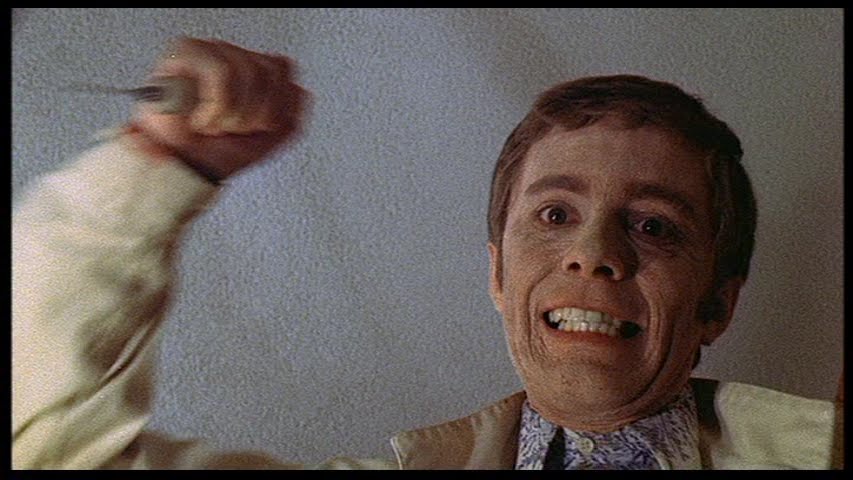
‘Deathdream’ may be the epitome of underrated and under-viewed horror, it’s a terrifically understated film which has a real social conscience, it’s also one of the most unsettling and terrifying films on this list.
Directed by Bob Clark (see Clark’s ‘Black Christmas’ (1974) for another film that could have made this list) in his second collaboration with Alan Ormsby as screenwriter, following their work on ‘Children Shouldn’t Play With Dead Things’ (1972). It also boasts the first on screen make up work of Tom Savini, showing the early form he would go on to perfect later in his career.
The story is a horrific allegory for the changes that America and its soldiers went through as a result of the Vietnam war being a clear illustration of the impact on families, individuals and communities on their ability to deal with their loved ones returning in many cases as different people.
The ‘Brooks’ family await word of their son ‘Andy’, who is at war in Vietnam, they are crushed when they receive word that ‘Andy’ was killed in action. Not too long after, they are awoken in the middle of the night to find ‘Andy’ has indeed returned to them, overcome with emotion they don’t question him too hard on the fact that he has been reported as dead and welcome him with open arms.
Things quickly turn sour when it is apparent that ‘Andy’ has changed dramatically, he is withdrawn, he won’t eat and won’t accept visitors, this takes its toll on the family and domesticity begins to break down dramatically with ‘Andy’s’ father taking these changes particularly hard. His mother continues in a state of delusion, believing nothing is wrong with ‘Andy’. We as the viewer gradually learn what has changed in ‘Andy’ and the way this plays out creates a real sense of dread and terror.
The main highlight in an excellent all round cast is the performance of Richard Backus as ‘Andy’, it is a performance of unrestrained rage and the intensity he brings to the role lifts the character to heights that could equal the greats of the genre. As the film rolls to an end the story moves from high end Drive-In material to a surprisingly tragic conclusion.
Overall it’s a highly affecting film, an incredibly unique horror and definitely one of the most underappreciated horror films ever.
4. Alice, Sweet Alice/Communion (1976)
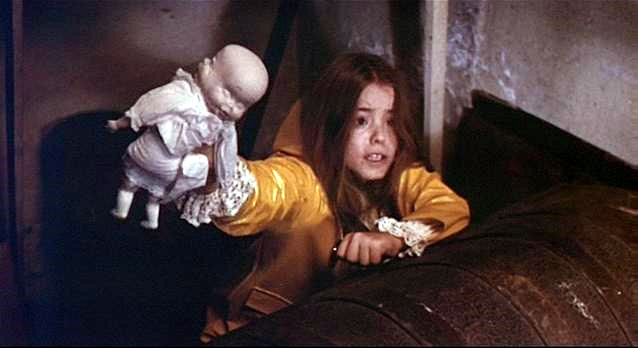
‘Alice, Sweet Alice’ is the second film on this list concerning Catholicism, in fact such is its power over the film that there aren’t many frames where religious imagery is not present.
Originally released as ‘Communion’, the film is a chilling tale of child murder featuring some shocking violent set pieces for the time of release, a tremendous performance from Paula E Sheppard as the eponymous ‘Alice’ and quite possibly one of the most unsettling killer disguises in cinema history.
The film tells of the murder of a young girl, ‘Alice’s’ younger sister ‘Karen’ (Brooke Shields in her film debut) on the day of her first communion. Her death in the film is a bleak and depressing scene and the film never really lets up on this style throughout.
Following the murder, ‘Alice’, who has been seen in the killers mask, is the prime suspect, her jealous streak and temper seem to support the theory and she is under particular suspicion from her hysterical Aunt and bizarre, child molesting landlord.
There are some savage scenes in the film and it plays out with an unsettling sense of desperation, fitting for a film that begins with a child being murdered.
Regardless of the resolution (no spoilers), ‘Alice’ is played with unflinching intensity by Sheppard and despite the character only being 12, Sheppard was actually 19 when she played the role and the character is better for the underlying maturity of the actress.
‘Alice, Sweet Alice’ was received well by audiences and critics at the time but has for a number of years has been ignored, it’s an excellent example of gritty 70’s horror, directed by Alfred Sole with the sense of realism so common in films of the decade. It’s well worth a revisit and definitely one to see if you haven’t had the pleasure, pair it up with ‘The Exorcist’ for a real Catholic frightfest.
5. Motel Hell (1980)
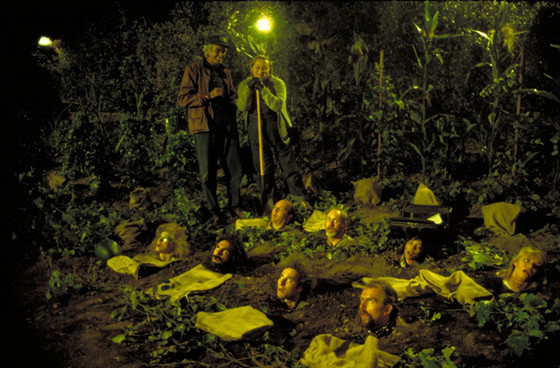
‘Motel Hell’ seems to frame itself with the loose inspiration of ‘Texas Chainsaw Massacre’ but is wholly unique in the horror genre, defying easy classification. It’s a tongue in cheek horror film with some serious dark laughs and some pretty disturbing imagery.
The motel of the title is the inviting Motel Hello (the O being ominously on the blink), owned by ‘Farmer Vincent’ and his sister ‘Ida’. ‘Farmer Vincent’ (Rory Calhoun) is presented as a kindly old farmer, famed in the local area for his smoked meats with special secret ingredients.
We very quickly learn that ‘Vincent’ is not as wholesome as his billboard and outward appearance would suggest. We watch as he causes a couple to blow their motorcycle tyre before crashing. He takes the couple back to the motel where he nurses the female, ‘Terry’ (Nina Axelrod) back to health telling her that her partner died in the crash and convincing her to stay on at the motel.
You suspect his intentions to be less than chivalrous as is usually the case in horror but his attitude to ‘Terry’ is much more fatherly than expected. As for ‘Terry’s’ partner, we learn he has literally been planted neck deep in ‘Vincent’s’ secret garden with his vocal chords severed and alongside some other unfortunate victims.
It isn’t a great leap to understand why this is the case, particularly after learning the catchy company slogan; “It takes all kinds of critters to make Farmer Vincent’s fritters.”
From start to finish ‘Motel Hell’ is a bizarre ride filled with some really zany characters and surreal, comical set ups. There are notably laugh out loud scenes involving swingers and a stoner rock band.
The film could easily have taken the darker path of gore and violence but it restrains itself in favour of implied violence and allowing the true horror to shine through its characters and narrative.
Rory Calhoun is perfectly cast as ‘Farmer Vincent’ and Nancy Parsons as ‘Ida’ pretty much steals the show as she flips between friendly cheerfulness to dangerous lunacy in an instant.
Full credit should go to director Kevin Connor who was responsible for convincing the Jaffe brother producers to allow him to move the film away from the darker and more violent original idea.
6. The Burning (1981)
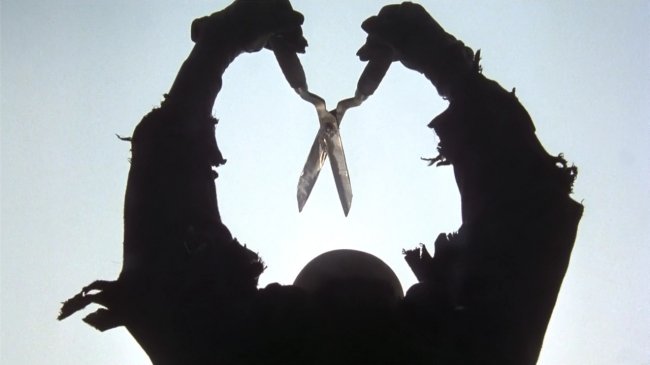
Hot on the heels of ‘Friday the 13th’ (1980) came this slasher classic, the first film produced by Harvey Weinstein of Miramax fame and one of the original ‘Video Nasties’ banned by the Video Recordings Act (1984) in the UK.
‘The Burning’ has largely been left unnoticed by mainstream audiences over the years but it has garnered a strong cult following in horror fan corners, despite this, it’s a film deserving of so much more. Based loosely on the ‘Cropsey’ urban legend, and utilising the name for its victimised killer.
It starts off with kids playing a prank on the camp caretaker of Camp Blackfoot which gets horrifically out of hand, ‘Cropsey’ is severely burned and disfigured. Once released from hospital he sets out to kill a prostitute who reacts in terror to his disfigurement. He then returns to ‘Camp Blackfoot’ where he proceeds to pick off the campers in impressively brutal ways.
The plot is a familiar one but ‘The Burning’ has strengths which sets it apart from more run of the mill slasher movies, every appearance from ‘Cropsey’ is impressive and savage with one particular scene involving a raft of campers lasting long in the memory.
The script is surprisingly good, it also plays against the final girl cliché of the genre with the last scene leaving two males to face ‘Cropsey’. The cast are good and mostly likeable, look out for a young Jason Alexander who shows a few early ‘George Costanza’ traits.
The soundtrack by the great Rick Wakeman is very impressive and the direction by Tony Maylam (helmer of another underrated classic ‘Split Second’ (1992)) is pretty tight and fluid throughout. The highlight of the film though, are the special effects by the legendary Tom Savini which make every set piece and killing eternally memorable.